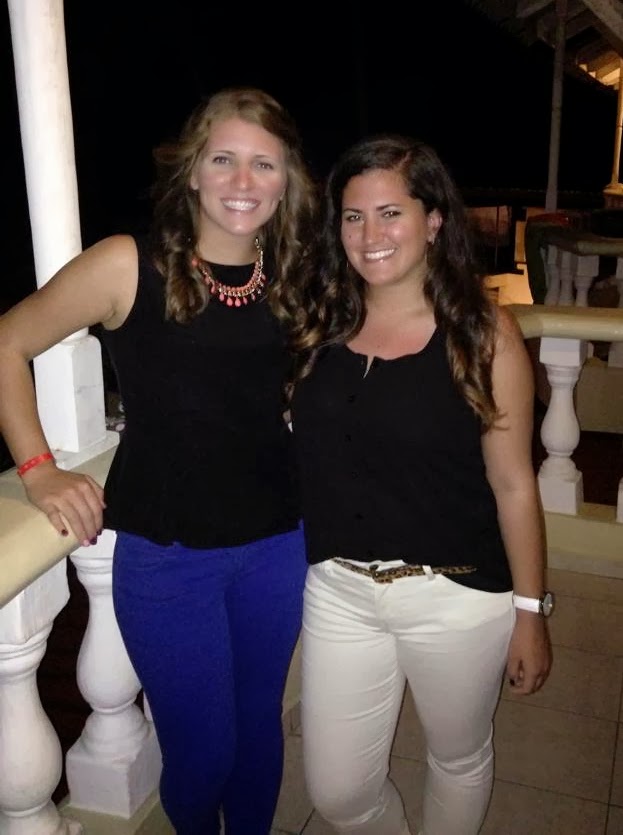One of the most interesting things that
I have learned in my service is how universal connections between
human beings are. After 10 months in my new community I can proudly
say that I feel like I am from here and that certain people in this
area have accepted me not only as the “Americana” but as a
daughter, niece, sister and friend. I feel like I've lived here my
entire service. “Aplatanada” they say, which means I am one of
them.
Family is number one in Dominican
culture. Cousins who grow up together refer to each other as
sister-cousins because calling each other cousins just doesn't quite
describe the relationship accurately. You would be hard pressed to
find a homeless Dominican outside of the large cities. Why? Because
the people here take care of each other. They find places for the
family members and friends to sleep and make a little extra food to
make sure no one goes hungry.
Yesterday, La Red Guaconejo (my
project) lost a close member of our family. Tita was the wife of the
ex-president, Hilario, and both founding members of La Red,
godparents of a close friend and leaders in their community.
Death in the rural areas of the DR is
very different from American culture. As soon as the person dies
(almost always in their house) the funeral begins. The house fills up
with neighbors, family and friends to pay their respects. I mean
inside, outside and in the street; people everywhere. Sometimes, the
family will just leave the body in bed or laying on a table for
viewing. In my personal observations here there is no shame in death,
nor do people fear it. At first I thought it was disgusting that the
body was just left in a bed but not only are there not many other
options (Tita was in a casket with a window to see her face), but the
rawness of the situation is what molds this culture to be fearless of
death and gives them closure.
People pass through the room to say
goodbye and then sit around for hours talking. It is customary for
people to cry loudly, even scream, not holding back on showing their
emotions. Plastic chairs are usually rented and it's common for about
dozen of the family's closest friends to spend the night at the
house. Since there are no embalming processes, the body is buried the
next day. On this day the family of the deceased makes a huge feast
(think food for 100+ people) for those who flock from near and far to
show their support. After lunch there is a short mass and then
everyone piles into pickup trucks for the procession to the cemetery.
Goodbye music is played as the caravan parades through the nearby
communities to the burial spot.
Once the deceased is buried (usually
above ground) the process of los nueve dias, or the nine days
of mourning begins. For nine consecutive days the house is totally
open as a memorial to the deceased and many of the same people are
there every day with the family, praying and remembering the life of
their lost loved one. On the last day, the vela, which
is the formal funeral prayer service, is held to close out the nine
days of mourning. Attendees
wear only black or white to show their respect.
In
traditional cases, the
anniversary of the death of that person is then remembered each month
for two years. Once two years have passed the family is officially no
longer mourning publicly.
Tita's funeral was really the first that I had been to here of someone who I knew. Being there with everyone gave me a sense of connectedness. These people take care of each other come hell or high water. Tita passed away
from complications of advanced diabetes. She was in her early
sixties. She can be seen in the trailer in this link at 1:05 sitting in front of the cocoa
dryer right next to her house talking about the importance of development in her community. May she rest in peace.





























































